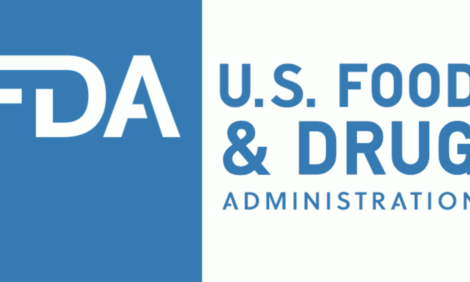



E. coli vaccination helps contain losses in broilers with IB infection
Field experience with infectious bronchitis (IB) in broilers during a harsh winter demonstrated that vaccination for secondary Escherichia coli infection helped stem losses, according to Kalen Cookson, DVM, MAM.Broiler flocks in the poultry-dense Delmarva region of the US had been affected by the DMV-1639 IB strain.
At the time, no vaccines were available to protect against the emerging pathogen, which gained momentum throughout the winter, Cookson, director of clinical research, Zoetis, told Poultry Health Today at the 2018 International Avian Respiratory Disease Conference.
The producer opted to implement a controlled field trial and vaccinated against E. coli to minimise losses from this secondary infection, common in broilers with IB.
“If you look real closely, you can see that at first you have head snicking, conjunctivitis [in the flock]. You can have shaking heads and coughing — all the classic symptoms of a bronchitis outbreak…But that’s not usually what the birds succumb to. It’s usually the E. coli infection that comes in behind all of that damage…,” Cookson said.
Classic E. coli signs
The first sign of a secondary E. coli infection is usually increased mortality. In post-mortem examinations, Cookson said, there’s often “cheesy” material in the air sacs, as well as other findings such as pericarditis and perihepatitis — classic signs of E. coli infection, he said.
In his presentation at the conference, Cookson reported that livability for the Delmarva producer increased in birds of all sizes vaccinated for E. coli. For comparison, some in each weight group received one and some two doses of the vaccine. Overall, they were four times less likely to have excessive grower mortality compared to controls.
In most situations, one-time administration of the E. coli vaccine for broilers is probably sufficient, but in flocks with significant mortality — which occurred among large birds in the Delmarva flocks — day-of-age vaccination followed by a booster at 16 days of age “really cut down on…what some people might call ‘train-wreck flocks,’” he said.
Pen studies in broilers have also been conducted to compare E. colic vaccination protocols. Administration only at day-of-age, only at 18 days of age or when the vaccine is administered at both ages will all reduce E. coli lesions, but the two-dose protocol provided almost entire protection, Cookson said.
Asked about the impact of the trend toward elimination of antibiotics from the hatchery, he said it has “absolutely” opened the door for more problems with bacteria.
“When we don’t have those tools to diminish the loads of bacteria starting from the hatchery all the way through production, then naturally the level of exposure is going to be higher in our systems and on our birds. If there’s any level of immune suppression, that’s going to compound things and create more opportunities for E. coli…and other bacterial infections.”









